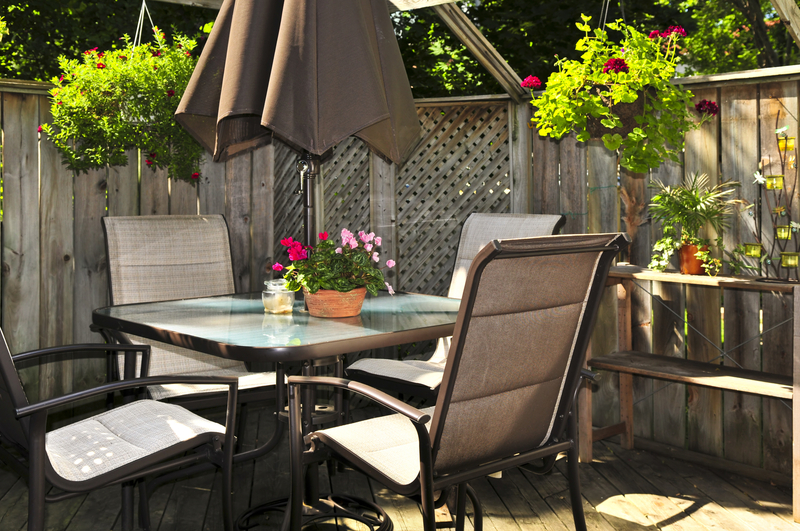
According to the IRS, the average tax refund is $2,893. Add that amount to any stimulus checks you’ve received, and there could be quite a bit of money currently in your bank account. What’s the best way to handle all this cash? While you might be tempted to go off on a shopping spree, it’s probably a better idea to hold onto your check as long as you can. Here are some better uses for your tax refund.
Pay Down Debt. You might want to put your tax refund toward paying down any outstanding debt you have. Making a large payment can not only significantly reduce the amount you owe, but can also be a motivating factor for continuing to pay off your debt more quickly. Focus on paying off the highest interest debt first, or the one with the lowest balance – depending on whichever method you prefer. Credit card debt is the kind of debt typically with the highest interest and the one you don’t really want lingering, so it’s usually best to pay off credit card debt first. Then continue attacking your other debt with any extra money.
Add to Your Emergency Fund. If you don’t have an emergency fund, you should start one as soon as possible using your tax refund or stimulus payments. An emergency fund can help you prepare for unexpected expenses, as well as keep you on a better financial path. It can be hard to contribute to an emergency fund on a regular basis without a large boost. Think about putting a significant portion of your tax refund away for this purpose.
Save for Retirement. If you really don’t have any debt and already have an emergency fund, you might want to think about using these extra funds for your future retirement. The earlier you start saving, the more it will add up over time. One way to do this is with a Roth IRA. You’ll get tax benefits and continue to save for years to come. If you have questions about opening a Roth IRA, contact the Investment & Retirement Center located at First Financial.*
Contribute to a Travel Fund. Traveling can be expensive, but an extra lump sum of money can help you save up for that trip you’ve been dreaming about. Open a separate savings account dedicated to your travel fund only. Deposit your tax refund into that account and then continue to contribute even a small amount each time you get paid, to this account and watch it grow.
Spend it on Something You’ve Always Wanted. If you have extra money available, sometimes you might want to reward yourself for all your hard work over the past year and enjoy it now – instead of waiting until much later. For example, maybe you’ve been wanting to purchase a bike to ride around town in the nice weather and for some fresh air, or perhaps you’ve been wanting to take a class but just didn’t have the extra money laying around. It’s okay to use some of these funds on yourself for your own personal mental health and growth. Plus if you have the cost covered, you won’t be going into debt for it either.
Home Upgrades. Maintaining your home or upgrading your living space is usually something that gets pushed to the bottom of the spending list. If you have extra money and have been thinking about upgrading your backyard outdoor space, buying new furniture, or finally getting that energy efficient appliance – this may be a great way to use your tax refund.
Be sure you’re spending and saving your tax refund and any stimulus money you’ve received wisely!
*Representatives are registered, securities are sold, and investment advisory services offered through CUNA Brokerage Services, Inc. (CBSI), member FINRA/SIPC, a registered broker/dealer and investment advisor, 2000 Heritage Way, Waverly, Iowa 50677, toll-free 800-369-2862. Non-deposit investment and insurance products are not federally insured, involve investment risk, may lose value and are not obligations of or guaranteed by the financial institution. CBSI is under contract with the financial institution, through the financial services program, to make securities available to members. CUNA Brokerage Services, Inc., is a registered broker/dealer in all fifty states of the United States of America.
Article Source: MoneyNing.com




